Fox 34 Float GRIP - Review
High-end mountain bike suspension doesn't come cheap these days. The fact that a mega-expensive suspension fork performs impressively isn't really news; it damn well better, and for a long time. The story of mountain bike suspension now and over the coming years will be about how companies will bring that sort of performance to lower price points - which is exactly what Fox is hoping to do with their $739 USD Fox 34 Float GRIP fork that's tested below.
The fork reviewed here costs $140 USD less and is just 77 grams (0.16lb) heavier than the equivalent, higher-end Factory Series Float 34, largely due to the use of Fox's new GRIP damper that the company says is less expensive to manufacture compared to the FIT4 damper employed in their Factory forks. The question that needs answering, then, is how this new and less expensive fork compares to its pricier brother, and which one makes the most sense for you.
34 Float GRIP Details
• Intended use: trail
• Travel: 140mm (120mm tested)
• Float air spring
• New GRIP damper
• Three-position compression w/ micro adjust
• Rebound adjustment
• 15mm Boost or standard 15mm thru-axle
• Black-anodized stanchions
• Tapered steerer tube only
• Weight: 1,906 grams / 4.2lbs (w/ axle)
• MSRP: $739 USD
• www.ridefox.com / @foxracingshox
The fork reviewed here costs $140 USD less and is just 77 grams (0.16lb) heavier than the equivalent, higher-end Factory Series Float 34, largely due to the use of Fox's new GRIP damper that the company says is less expensive to manufacture compared to the FIT4 damper employed in their Factory forks. The question that needs answering, then, is how this new and less expensive fork compares to its pricier brother, and which one makes the most sense for you.
34 Float GRIP Details
• Intended use: trail
• Travel: 140mm (120mm tested)
• Float air spring
• New GRIP damper
• Three-position compression w/ micro adjust
• Rebound adjustment
• 15mm Boost or standard 15mm thru-axle
• Black-anodized stanchions
• Tapered steerer tube only
• Weight: 1,906 grams / 4.2lbs (w/ axle)
• MSRP: $739 USD
• www.ridefox.com / @foxracingshox
New FIT GRIP Damper
The 34 Float GRIP shares the same chassis (minus the gold treatment on the stanchions) and air spring as the high-end Factory version, but it's the damper side of the fork where things are different. Fox's Factory-level offerings come equipped with their closed FIT4 damper, whereas less expensive Fox forks previously made use of an open damper that didn't offer the same kind of consistency and sophistication. Open dampers allow the oil to slosh around more and mix with air in the system, which causes foaming (otherwise known as cavitation) and an inconsistent feel. This is why most high-end suspension forks use some type of closed damper.
Now, with the FIT GRIP damper in the Performance Series, Fox says that they're able to produce a less expensive closed cartridge that should offer much more consistent control compared to an open design, but at a lower price point than their Factory Series forks come in at.
How is the FIT GRIP damper, pictured above, different than the FIT4 damper?
The FIT4 damper is closed, meaning that all of the damping oil is sealed inside of the cartridge, it's bled free of air, and it also uses an extruded rubber bladder as a compensator for oil displacement as the fork is compressed. The FIT GRIP damper is also closed, but it employs a spring-backed internal floating piston as a compensator - it does the same job as the bladder in the FIT4 damper - and, according to Fox, a completely different anatomy. ''They are both FIT (Fox Isolated Technology) sealed cartridges, but use different design architectures,'' Mark Jordan, Fox's Global Marketing Manager, explained.
''Simplifying things a bit, the FIT4 design uses different flow paths to achieve different compression damping settings, while the GRIP damper increases / decreases force on the shim stack to regulate the compression damping.''
Rather than being a budget version of the FIT4 damper that's manufactured with more cost effective components, the FIT GRIP damper is so different that it doesn't actually share a single part with the FIT4 design.
''Simplifying things a bit, the FIT4 design uses different flow paths to achieve different compression damping settings, while the GRIP damper increases / decreases force on the shim stack to regulate the compression damping.''
Rather than being a budget version of the FIT4 damper that's manufactured with more cost effective components, the FIT GRIP damper is so different that it doesn't actually share a single part with the FIT4 design.
Lowering costs was Fox's main goal, and Jordan went on to explain their approach. ''The design goals were different between FIT4 and GRIP. GRIP needed to more affordable, didn’t need to offer as much adjustment, and wasn’t as focused on weight as much. But we still wanted a damper that performed well and took a different approach to the project,'' he said of the new design. ''Rather than designing a simple damper with fewer parts to reduce cost, we focused on taking a quality damper, reducing cost while maintaining performance. We wanted to design a damper that anyone could ride and be happy.''
A spring-backed IFP is something that's been around for years in both mountain bike and the moto worlds, but the FIT GRIP damper does have something that you probably haven't seen before: a small bleed passage, called the 'Purge Port,' that's located on the spring-side of the IFP. This allows oil to actually back-fill slightly behind the IFP as it passes over what is essentially a small dimple in the shaft. ''During bottom out, the Purge Port can relieve any excess oil or air out the top,'' Jordan said before going on to explain that it also makes for easier bleeding during manufacturing because it allows them to skip the vacuum bleed process that the FIT4 damper goes through - it can essentially bleed itself by way of over overfilling during assembly.
The FIT GRIP damper on Performance Series forks, such as the 34 that's reviewed here, provide Open, Medium, and Firm compression modes for riders to choose between by toggling a crown-mounted dial, as well as additional micro-adjust settings between those modes. Low-speed rebound is still tuned via an anodized red aluminum dial at the bottom of the same leg.
 The GRIP damper offers three settings, as well as micro-adjust positions between each that allow you run the dial anywhere between fully open and fully closed.
The GRIP damper offers three settings, as well as micro-adjust positions between each that allow you run the dial anywhere between fully open and fully closed.Same Chassis and Float Air Spring
While the Performance 34's FIT GRIP damper is all-new, the fork's chassis is the same as its more expensive Factory brother. That means that it uses the identical 7000-series aluminum crown and stanchions, minus the pricey Kashima coating that has always been more show than go in my mind. Instead, Fox has gone with a sharp-looking black finish for the fork's stanchions, one that the company says doesn't offer any performance advantage over a standard surface, but that's obviously less expensive to manufacture than Kashima-treated tubes.
The lowers are also the same as what you'll find on the Factory 34, although they get more subdued graphics, and that means that you'll also find the same tool-free, 15mm thru-axle that Fox puts to use on most of their fork range.
 The fork's stanchions, crowns and steerer, and lowers are all exactly the same as found on the more expensive Factory Series forks.
The fork's stanchions, crowns and steerer, and lowers are all exactly the same as found on the more expensive Factory Series forks.The Performance 34's Float air spring is exactly what you'll find inside the Factory-level forks as well, with it taking cues from their Float shock. ''On the 36, the transfer port was on the shaft, allowing travel changes with spacers and by repositioning the shaft height,'' Jordan said of the difference between the 34 and 36's air spring system. ''On the 34, we’ve removed the shaft and the need for a seal to make it lighter, and now the transfer port is on the upper tube, just like with our Float shocks.'' This should also offer less friction due to the system depending on one less air seal.
Need to adjust the fork's progression? A set of simple clip-on volume spacers snap into place under the fork's top cap, and each accounts for 10 CCs of volume. The first one slides onto the underside of the fork cap, while each one clips onto the one above it. They're shaped not to rattle against the inside of the stanchion tube, with small fins of sorts that extend out to keep them from moving around.
Those who spend a lot of time on steep terrain, ride at a high level, or are heavier might want to run more volume spacers than someone whose trails are less vertical or isn't as aggressive on the bike.
Those who spend a lot of time on steep terrain, ride at a high level, or are heavier might want to run more volume spacers than someone whose trails are less vertical or isn't as aggressive on the bike.
Riding the Fox 34 Float GRIP
Sensitivity and Air Spring - The GRIP fork doesn't get the Kashima treatment or see the low-friction seal head used in the FIT4 damper - this fork is supposed to be a price-conscious alternative, don't forget - so it shouldn't feel as slippery as its costlier brother. But it does, and I'm not just talking about out-of-the-box freshness here, as I've had the blacked-out fork on the front of my bike for months on end now and have given it little to no love. Sure, I've wiped off the seals now and then, but I've yet to feel the need to drop the fork's lowers, and its performance hasn't given me any reason to think that I should.
 I spent months on the 34 Float GRIP, swapping the fork between a Kona Honzo CR and an Ibis Ripley.
I spent months on the 34 Float GRIP, swapping the fork between a Kona Honzo CR and an Ibis Ripley.As I've said in the past about other supple forks, the 34 Float GRIP's near frictionless stroke means that you can run a firmer spring rate if required but without seeing as much chatter passed up through the fork and into the rider's hands. More traction? Probably.
For comparison's sake, I also have a Factory Series Float 34 - Kashima, FIT4 damper, and all of Fox's tricks are inside of it - and the two forks feel equal on the slipperiness scale, both on the bike and just giving them a push on the floor. The 34 Float GRIP matches the pricier Factory Series fork, and it's also comparable to anything from RockShox, X-Fusion, or anyone else.
 Float is Float, no matter what the price point. The 34 Float GRIP's air spring is the same as used on the Factory fork.
Float is Float, no matter what the price point. The 34 Float GRIP's air spring is the same as used on the Factory fork.Given that the two share the same air spring, it's no surprise to see the 34 Float GRIP employ the same clip-on volume spacers used inside the Factory Series fork. A single spacer accounts for 10cc of volume, and just one can make a big difference in how the fork ramps up. No surprise, then, that I ended up running either four or five spacers inside the Float GRIP depending on where I was riding, much like I did with the Factory 34. Pressure-wise, I would usually range between 70 and 75 PSI depending on where I was riding; fast and rough laps down Top of the World, Khyber, and Kush in Whistler saw me run less air and an extra volume spacer, whereas my faster but less demanding home mountains would see me run more air and remove a spacer.
Chassis Performance - The 34 Float GRIP is assembled around the exact same chassis as the Factory 34 that I've already reviewed, including the same stanchions (sans Kashima), crown and steerer tube assembly, and also the same lowers, so I'm going to say the exact same thing:
Torsional rigidity is my least favorite thing to make a call on. I could ramble on for hours about damper and spring settings, but one man's perfect can be another's not enough when talking about flex. My disclaimer is always this: given all the possible variables - basically everything on the front of your bike - this is always a tough one to gauge. Simply using a different front wheel, a tire with a stiffer or more forgiving casing, or even changing tire pressure, can alter your perception of a fork's torsional rigidity. I know that some of the European media is all about putting forks and frames on testing jigs to measure this and that, with them basing a lot of their reviews on what machines tell them, but a lab is not the real world, and flex can be a good thing.
Anyways, is the 34 torsionally rigid enough? Yes, and I didn't feel anything in the way of imprecise steering feedback. At 170lbs, I don't think the 34 needs to be one iota stiffer in this regard. Keep in mind that my 34 Float GRIP was set at 120mm of travel for testing, not 150 or 160mm. The 36 and Pike are obviously going to be more rigid at those numbers, but there's also a weight gain there, so it all comes down to what sort of balance you're looking to hit. For me and how I ride, I'm more than happy with what the 120mm-travel 34 offers.
James Lissimore photo
Damper Performance - The reason for the existence of the GRIP damper is because Fox wanted to create a lower priced alternative to their FIT4-equipped Factory-level forks but still offer better performance than the open system they had been using. And they've done exactly that; GRIP puts the older open-style damper to shame in every way possible, but that's kinda to be expected, isn't it? Of course, but the GRIP damper also does something else...
It matches the FIT4 damper's performance in most ways, at least when talking about subjective feel on the trail. I'm sure that Fox has charts and dyno graphs showing how, when, and why the FIT4 damper is superior to the supposedly lower-end GRIP system, but the two feel basically identical to me in nearly every regard, which is a win for anyone wanting or needing to buy a new fork.
 The Factory and Performance 34 forks are very different, in both price and damper design, but offer similar performance.
The Factory and Performance 34 forks are very different, in both price and damper design, but offer similar performance.With the three-position compression dial turned all the way to the left and fully open, the GRIP damper still offers more than adequate low-speed compression control. The front wheel tracks the ground exceptionally well, and this was my go-to setting when it was wet, loose, or I simply needed a more forgiving feel at the front of my bike. The damper's middle setting is comparable to the middle setting on the three-position FIT4 damper, with maybe a bit more support, and the closed setting is also firmer than the closed setting that the FIT4 damper offers.
I spent a lot of the time with the GRIP compression dial turned roughly one-fourth of the way in from fully open, a setting that still offered plenty of forgiveness from but also a touch more support to make the bike playful and lively.
 The GRIP damper supplies more than enough low-speed compression control, and is also easily tuneable via the crown mounted dial.
The GRIP damper supplies more than enough low-speed compression control, and is also easily tuneable via the crown mounted dial.The GRIP damper's three settings feel similar to the three modes that the Factory fork has, and while there are also vaguely defined micro-adjust settings in between each of the three modes on the GRIP damper, it's still less adjustable than the ultra-tuneable, twenty-click low-speed compression dial (in Open mode) of the Factory fork. Did I miss this? Not at all, but only because Fox hasn't skimped on low-speed support with the GRIP damper. I also believe that the very, very large majority of riders would be just as happy with the three modes and micro-adjust combo dial on the GRIP damper as they would with the three modes and twenty-click low-speed compression dial of the more expensive FIT4 system.
In my mind, a lot of riders might be more likely to adjust the GRIP damper purely because it's simpler to understand, but the best part is that while it's less tuneable in a way, it offers nearly identical performance compared to the FIT4-equipped Factory forks.
I doubt many (or any?) riders could tell the difference in performance between the pricier FIT4 damper and the money-saving GRIP design. Riders will need to decide if they want to spend the extra $140 USD to get gold coloured stanchions, save a negligible 77 grams, and have a bit more damper adjustment. And me? The pricier Factory Series 34 is still leaning up against the wall in my workshop while the GRIP fork is on my bike, and I don't see that changing anytime soon.
Pinkbike's Take:
 | Offering a lot of performance for a lot of money isn't good enough these days; it's simply expected. But coming to the table with a product that performs as well as more expensive options, and even better in some cases, is a much more noteworthy achievement. And that's what Fox has done with the new 34 Float GRIP. It's still not inexpensive, and there are lighter forks out there, but the 34 Float GRIP offers performance that would have been unheard of only a handful of years ago, let alone in a package that saves you money compared to forks that offer basically the same sort of performance. - Mike Levy |
Author Info:
Must Read This Week
[UPDATED] Final Elite XC Results & Overall Standings from the Mairiporã XC World Cup 2024
41931 views
41931 views
Sign Up for the Pinkbike Newsletter - All the Biggest, Most Interesting Stories in your Inbox
PB Newsletter Signup


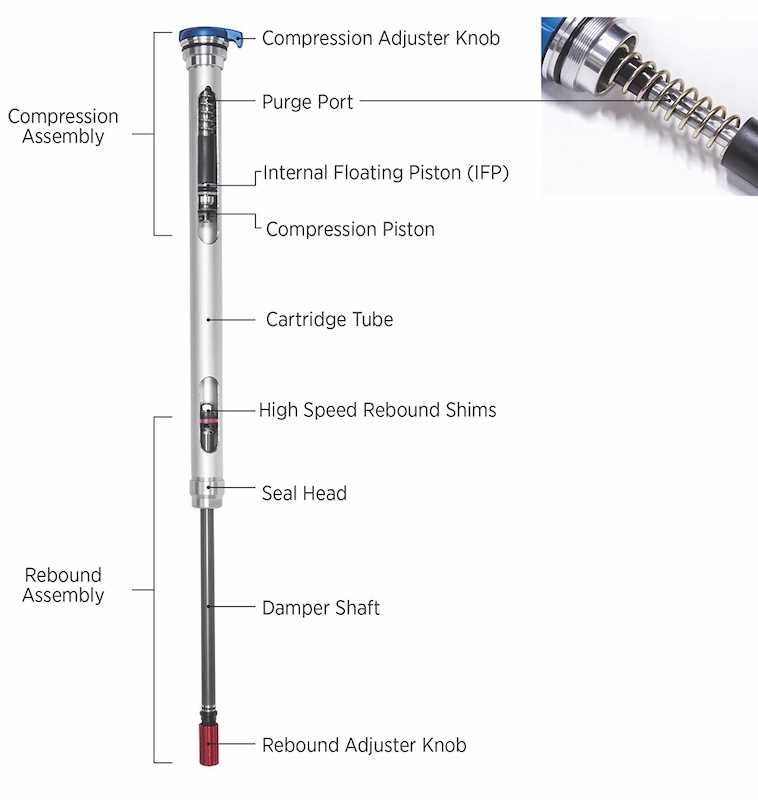

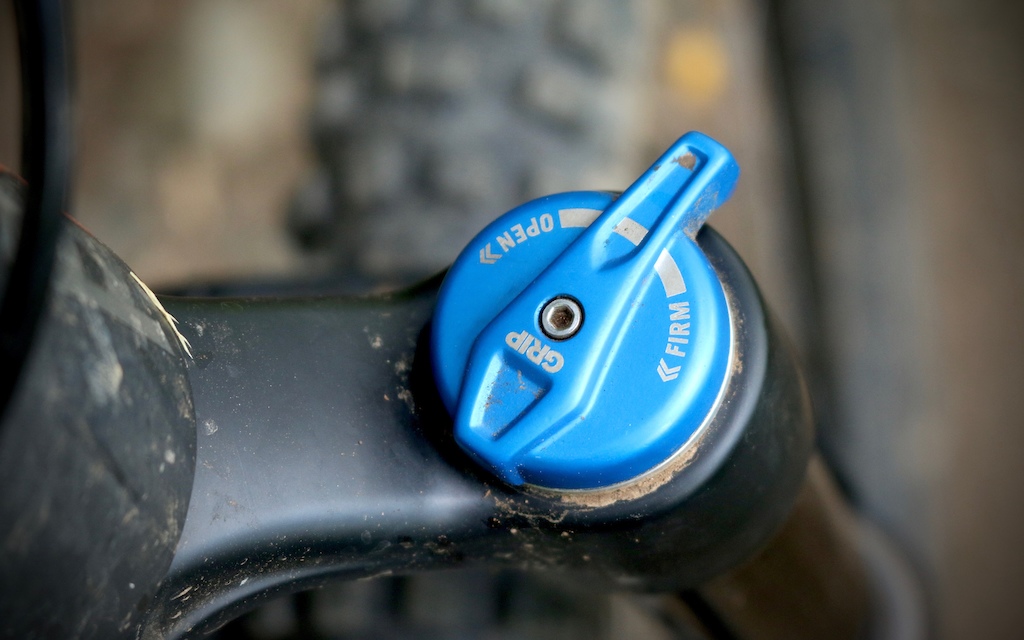

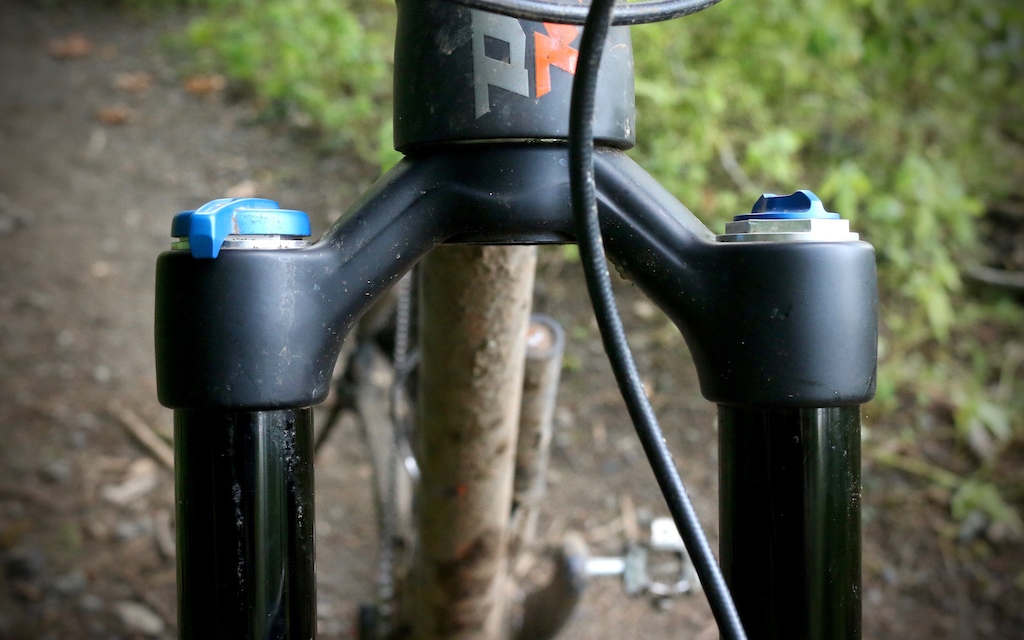

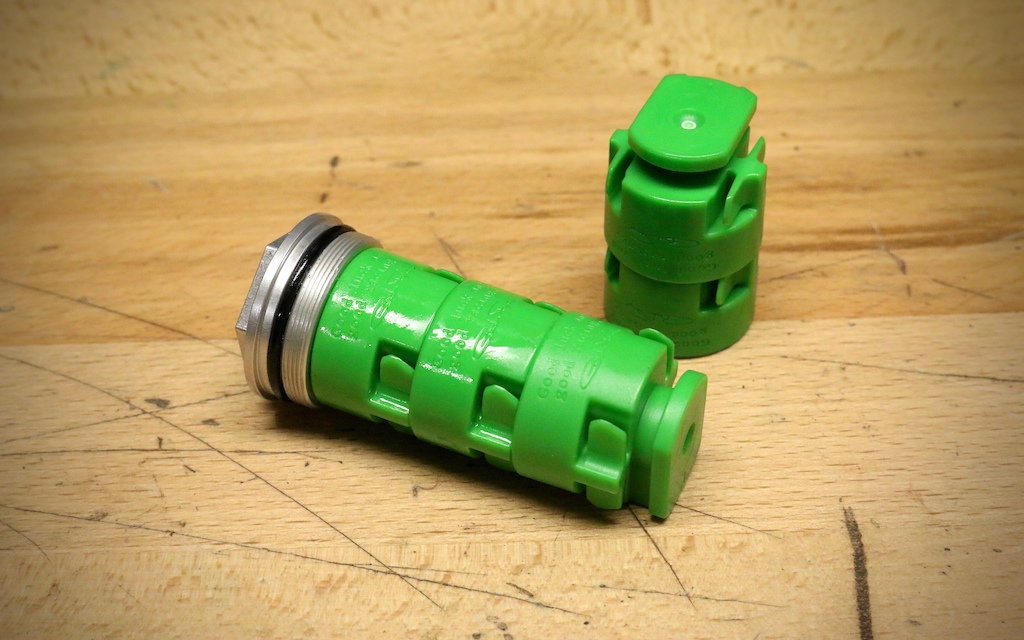
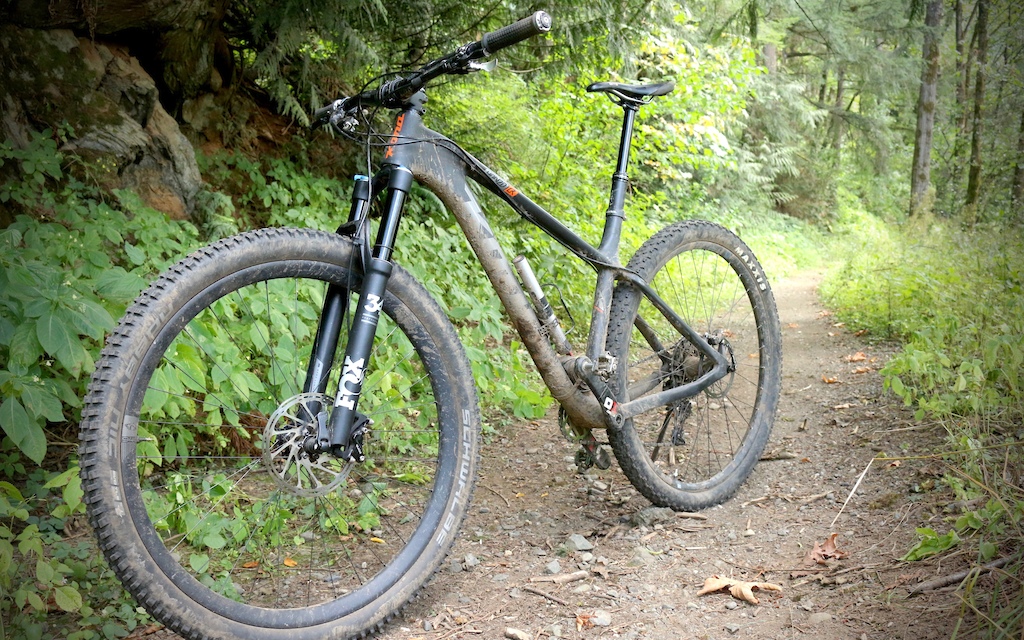



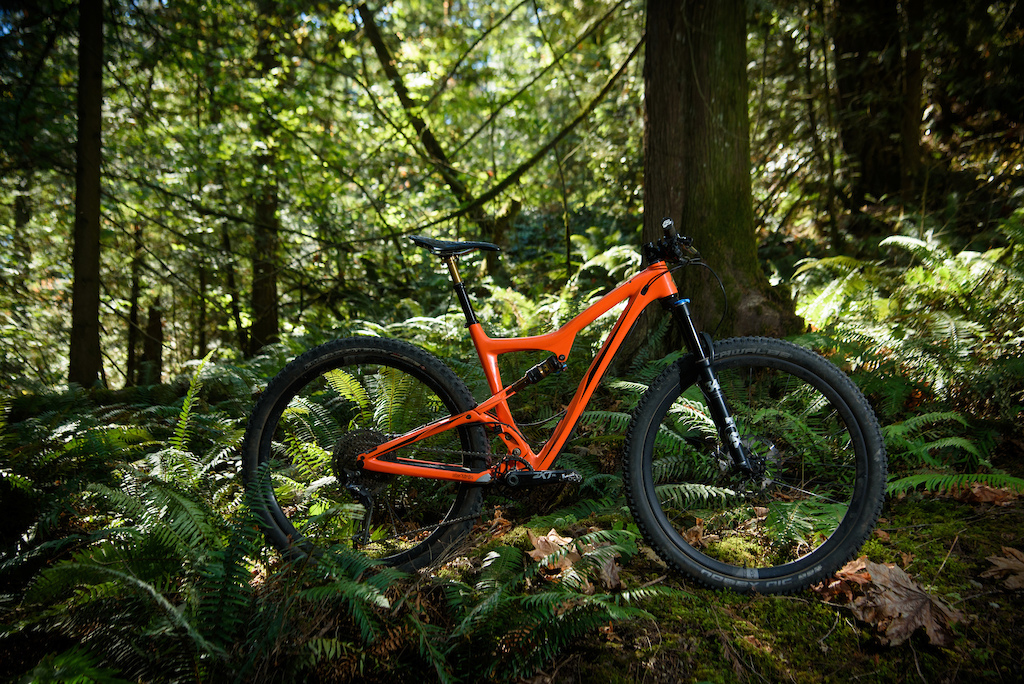
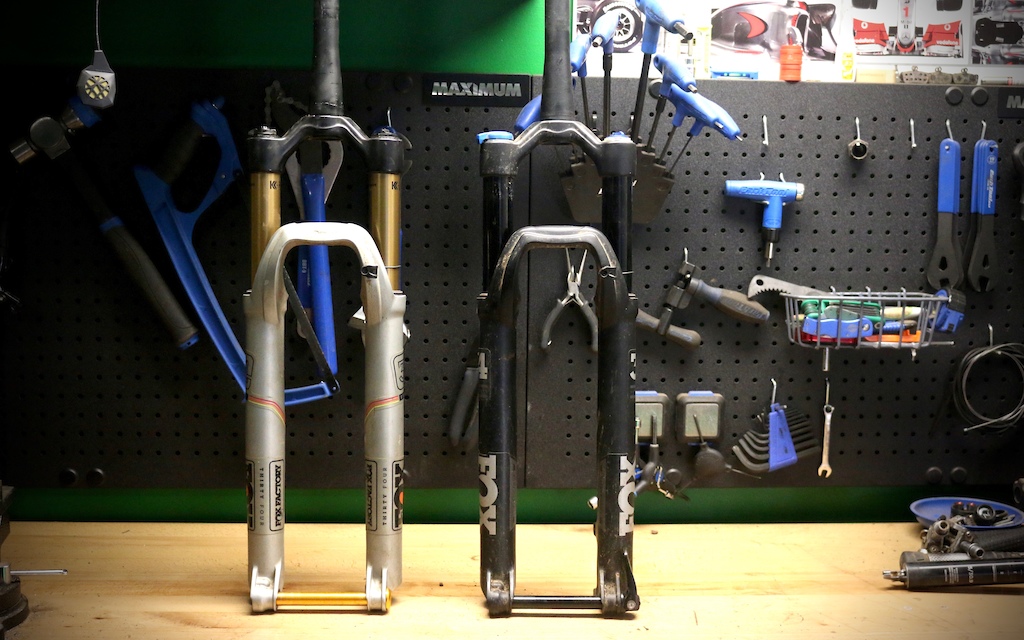
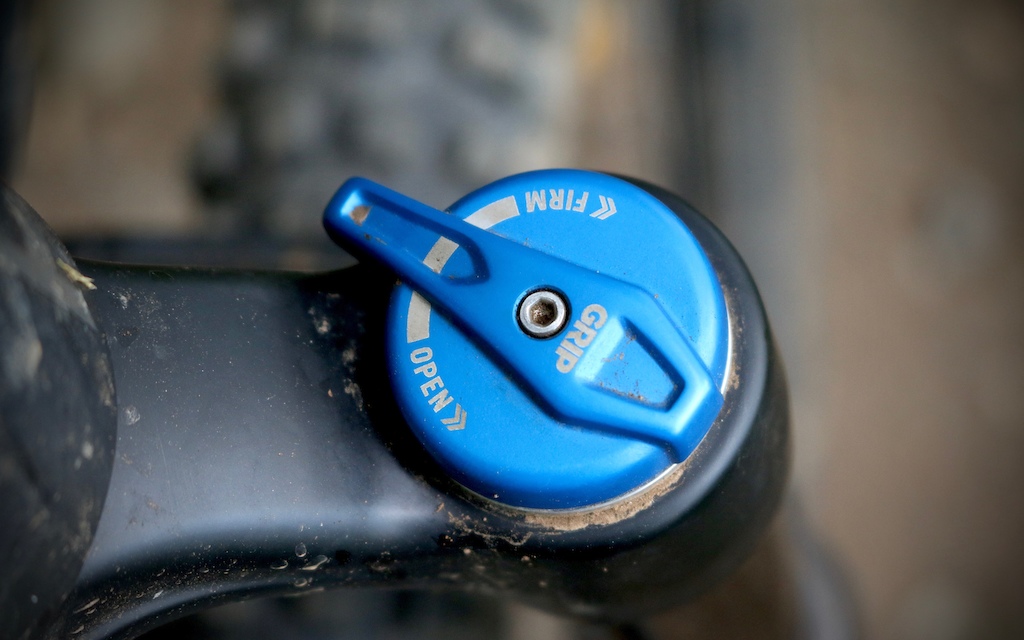
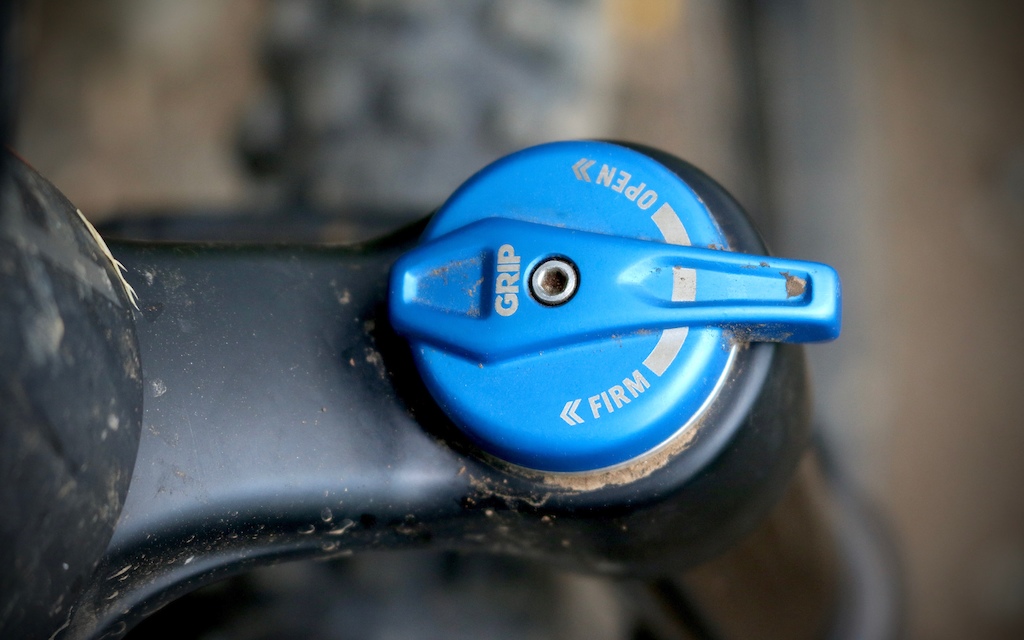

 Member since Oct 18, 2005
Member since Oct 18, 2005
@stiingya - that is possible. Why not use your stupid brother to clean the attic. You know the one that repeats the same phrase to answer 10 different questions in one interview:
"We are actively seeking potential buyers for the business. I cannot tell you any more at this time as I cannot speculate on what the outcome of those talks might be, but we sincerely hope that the Marzocchi mountain bike suspension business can continue under a new owner, and we intend to do everything we can to help make that happen"
Now let's take a minute of silence for all those Floats X2 getting recalled... air shocks almost made it... again...
1.You could buy a Lyrik and a Pike
2.Lyrik and a lot of parts that when put together could make a hardtail...
3.Lyrik and Öhlins piston kit to Lyrik, and Reverb.
4.Lyrik and 5.10 shoes, helmet with detachable chin, goggles, lumber sexual outfit and a fanny pack
5.Lyrik and a weekend in Alps or Hafjell, flight+ food+ accomodation
6.Lyrik and 10 bottles of single malt Whiskey
Do I need to write more... the question is... who is the a-hole here? Rockshox for selling OEMs to online shops, or Fox for stucking the nose up...
www.bikebling.com/Fox-36-FLOAT-27-5-170-HSC-LSC-FIT-Black-15mm-1-5-p/fox16-910-01-813.htm?gclid=CParvO3w2s8CFcOGaQodoxQL2A&utm_source=google&utm_medium=cpc_feed&utm_campaign=comparison_shopping_feeds
Cavitation happens when the pressure of the oil reduces enough for the dissolved gasses (eg. air) to separate into tiny bubbles, which will then collapse and burst when the pressure rises again.
Cavitaton can happen in dampers, when the piston is moving fast enough. The pressure behind the piston will reduce, and if there is no sufficient back pressure provided with pressurized IFP for example, cavitation can happen.
You have to pay to access the articles and giving the info for free here will not help them to do further tests so please support them!
Just ordered a black Fox Transfer to match my Lyriks :-)
Can't say 100% for reducing the travel but I'd think a 20mm change would require a different air spring
Having spent significant time on a 150mm 34 Factory this summer, for me the stiffness/precision question is cut and dry: Pike is a cut above. Since this article reveals they're actually in the same weight class, I'm not sure I see the point in putting a Fox 34 even on a medium-travel bike, unless I can swing a significant bro-deal on Fox that I can't get on RockShox.
Air springs in most forks still suck big time and that is the first thing that should be addressed by the manufacturers because it is so obvious. People seem to have forgotten about coil and are now used to sucky air spring spring curves, it seems. Even Pike is not nearly as good as some people and reviewers make it.
Only Manitou offer a great product with their IRT spring and german AWK air spring for Pike. And damper tuning already existed a handful of years ago and I am convinced that you can get even a semi open bath damper to more than a decent level given the right piston geometry and shimstack.
What I am trying to say is, that current air sprung forks have not nearly reched their potential, I think. Stock dampers are getting better indeed, but nothing that would outperform older tuning dampers imo. And with air springs - there is still a long way ahead of us...and then you hear shite like "offers performance that would have been unheard of only a handful of years ago". Nah, reality will prove that wrong...
Maybe it was a bad fork but all of the adjusters worked as they should so it is highly unlikely.
No really: I've seen multiple riders complain about not having enough mid-stroke support, but had over 30% SAG and a lot of spacers installed. This is just wrong.
I guess you say it best when you say nothing at all...
Yeah no. $500 or less is a deal. $739 is a joke, not a "deal".
By the way,a certain manufacturer uses a 110 mm version of this fork. If it's possible to reduce the travel to 110 mm by everyone than I might buy one!
Cheers!
Rockshox
Internal
Parts
?